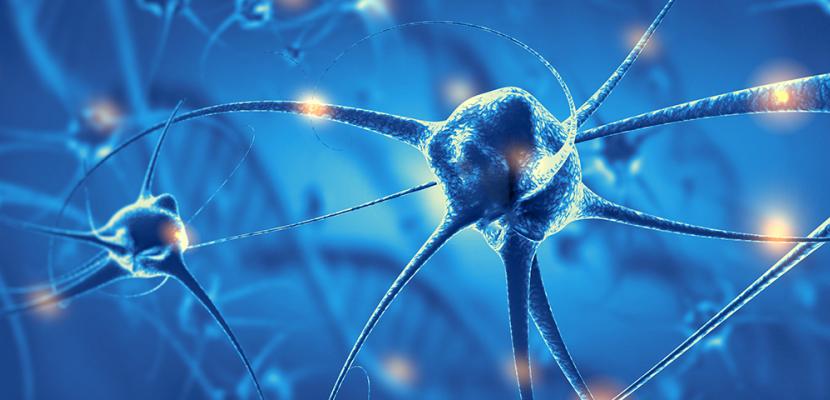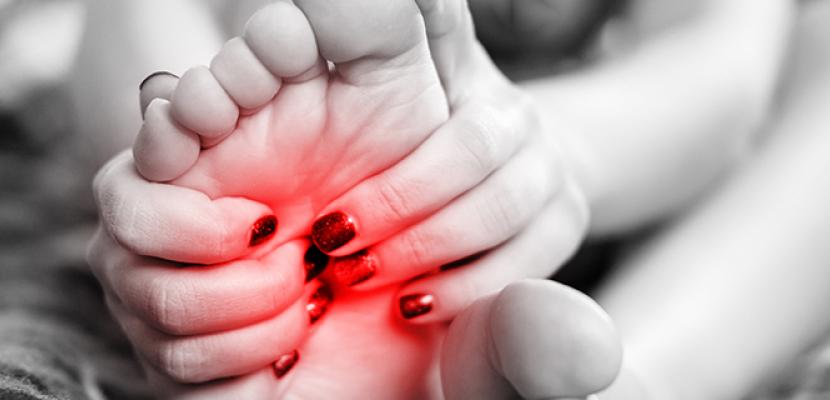
Pain is an inevitable part of being human. Stubbing a toe, touching something hot or bumping into a sharp corner can elicit an “ouch!” or verbal response a little less PG-rated.
But why do we feel pain? Is the pain the same for everyone, or can some people really handle more than others?
We asked Associate Professor of Behavioural Sciences Cindy Jones, from our Medical Program, all our burning questions about the physiology and psychology of pain. Here’s what we learned.
There's a difference between pain tolerance and pain threshold
Your pain threshold is the point at which your brain registers pain. Essentially, how much of pressure or stimulus it takes for your brain to register something as painful.
Pain tolerance, on the other hand, is about how much pain you can endure before requiring intervention, which could be in the form of pain relief medications, a heat or cold pack, relaxation techniques, acupuncture or even support from a friend or family member.
Some people can handle more pain than others
We feel pain because of the signals that are sent from our sensory receptors, via the nerve fibres, to our brain.
Everyone’s pain tolerance is different and can depend on a range of factors including your age, gender, genetics, culture and social environment. The way we process pain cognitively affects our pain tolerance. For example, if you are raised in a way that encourages you suppress and not to react to painful experiences - like behaving bravely and not crying - your pain tolerance may be higher.
The nerve cells themselves also play a part. People who suffer from injury or disease may experience lasting damaged nerve cells, which can cause a higher or lower pain tolerance.

There's a reason you might swear when you're in pain
Studies have shown that the act of swearing can triggers our body’s natural ‘fight-or-flight’ response, which leads to a ‘pain-lessening’ effect, that helps to alleviate pain.
So, the next time you stub your toe and a swear word slips out of your mouth, just blame it on science.
Your brain can reduce your pain
Have you ever knocked your elbow against something and immediately began rubbing it? There’s a reason. Your behaviour can interrupt the transmission of a pain signal from the nerve fibres, so your perception of the pain decreases.
Essentially, the distraction of rubbing a sore limb or running a burned finger under hot water can stop the pain fibres from developing further.
Fascinated by the inner workings of the human body?
Learn more about Health Sciences & Medicine at Bond University.